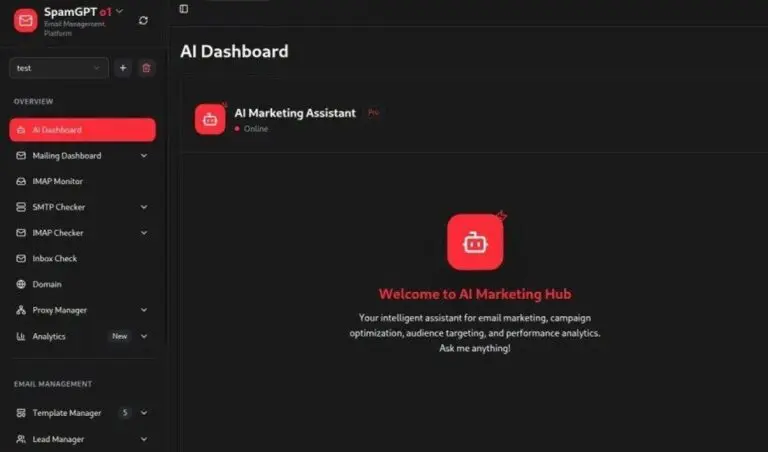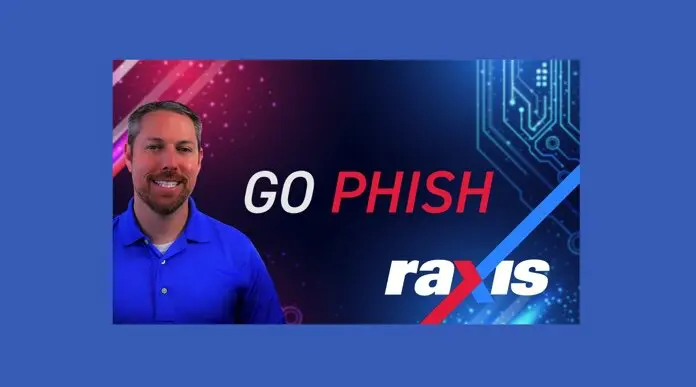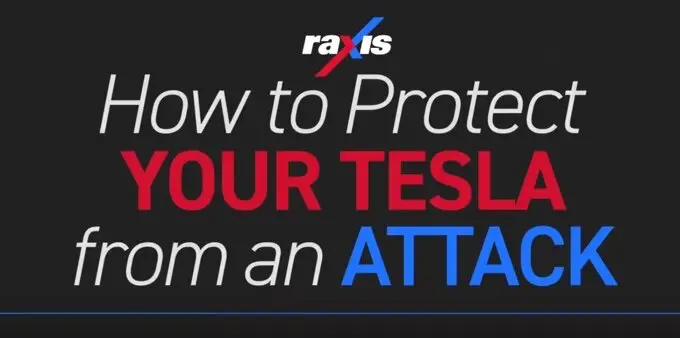SpamGPT: Protecting Your Company From Large-Scale Phishing
SpamGPT, a complex phishing and social engineering suite has made the news recently. Learn what it is and how organizations can protect their employees.

SpamGPT, a complex phishing and social engineering suite has made the news recently. Learn what it is and how organizations can protect their employees.

The DaVita ransomware attack is one of the most impactful recent healthcare breaches. Learn what happened and what could have been done to limit the impact.

A recent successful phish allowed attackers to run malware targeting cryptocurrency transactions on various blockchains, but fast reporting limited the damage.

Principal Penetration Tester Andrew Trexler got curious how easy it might be to customize a phish to a specific website using AI. The answer? Very easy.

Scoping your penetration test (especially your first one) can be daunting. Our team is always happy to help, and Brad Herring gives you a head start here.

Unwanted text messages are annoying, but some also hide malicious links. Here are some ways to avoid being “smished.”

Phish attacks are a significant threat to all organizations. In this video Raxis’ Scottie Cole shares tips and tricks for phishing assessments.

Tesla is leading the way in electric vehicle adoption. But the company has a few more miles to go with its cybersecurity safeguards.

Shop safely this holiday season by paying attention to these red flags. The Raxis Penetration Testing team shares tips to stay secure.

Would you know if you were being “smished” or “vished”? Let Raxis’ CTO Brian Tant explain how hackers use these techniques.

Sometimes, it’s hard to tell a legitimate email from a phishing attempt. Other times, there’s no doubt. Here’s a handy guide.

In this video, Raxis CTO Brian Tant talks about three steps you should take to secure your network against hackers.